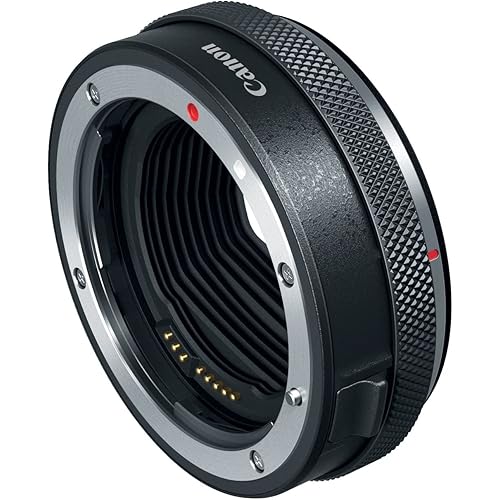Fotodiox Pro Combo Lens Mount Adapter Compatible with Mamiya RB67 and RZ67 Lenses on Fuji X-Mount Cameras









Buy Now, Pay Later
- – 6-month term
- – No impact on credit
- – Instant approval decision
- – Secure and straightforward checkout
Ready to go? Add this product to your cart and select a plan during checkout.
Payment plans are offered through our trusted finance partners Klarna, Affirm, Afterpay, Apple Pay, and PayTomorrow. No-credit-needed leasing options through Acima may also be available at checkout.
Learn more about financing & leasing here.
Selected Option
This item is eligible for return within 30 days of receipt
To qualify for a full refund, items must be returned in their original, unused condition. If an item is returned in a used, damaged, or materially different state, you may be granted a partial refund.
To initiate a return, please visit our Returns Center.
View our full returns policy here.
Recently Viewed
Size: Mamiya RB/RZ67
Style: PRO
Features
- Adapter designed to mount and manually focus Mamiya RB67 and RZ67 lenses on FUJI X-mount cameras; Uses two adapters to make lens-to-camera combination possible
- Integrated focus control barrel for adjusting the lens focus; Infinity focus is allowed
- Enhanced craftsmanship and high-tolerance construction for demanding professionals
- Precise fit and solid connection; lens has no unnecessary play, gap or wiggling when mounted on adapter
- Limited 2-Year Manufacturer Warranty
Description
Mirrorless cameras aren't only revolutionary because of their compact size; they're even more versatile for mounting lenses than their full-sized counterparts! Fotodiox offers strong support for mirrorless camera platforms with hundreds of options for mounting both modern and vintage lenses. Our adapters deliver infinity focus, manual aperture control, and a sturdy build for lasting quality. Compatible Fuji X-Mount Cameras - Popular models include: FUJI X-A1, X-A2, X-A3, X-A5, X-A10, X-E1, X-E2, X-E2s, X-E3, X-H1, X-M1, X-Pro1, X-Pro2, X-T1, X-T2, X-T3, X-T10, X-T20, X-T100 Note: • This combination is made possible using a Mamiya RB67/RZ67 to Canon EOS adapter on a Canon EOS to Fuji X-mount adapter. • This is a manual adapter, so lens functions that rely on electronic communication with the camera body (autofocus, AE metering, image stabilization, etc.) will be disrupted. • Set your exposure manually or meter using your camera's Aperture Priority (stop- down) mode. • If your lens does not have a manual aperture control ring, the lens aperture will revert to its default position, which depending on the lens is either stopped down to its largest f-stop or opened up to its smallest f-stop. All pictures are for illustration purposes only. Actual product may vary slightly due to ongoing improvements in design.
Product Dimensions: 6 x 3.25 x 4.5 inches
Item Weight: 12 ounces
Item model number: RBRZ67-EOS-FXRF-Pro
Date First Available: June 2, 2015
Manufacturer: Fotodiox Inc.
Frequently asked questions
To initiate a return, please visit our Returns Center.
View our full returns policy here.
- Klarna Financing
- Affirm Pay in 4
- Affirm Financing
- Afterpay Financing
- PayTomorrow Financing
- Financing through Apple Pay
Learn more about financing & leasing here.
Similar Products
Top Amazon Reviews
























